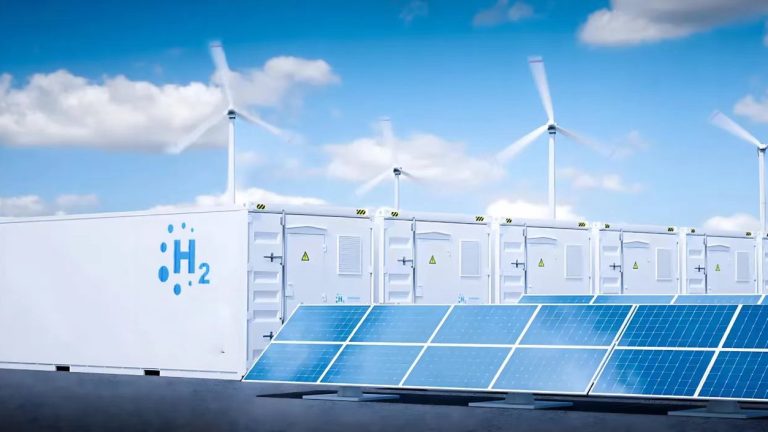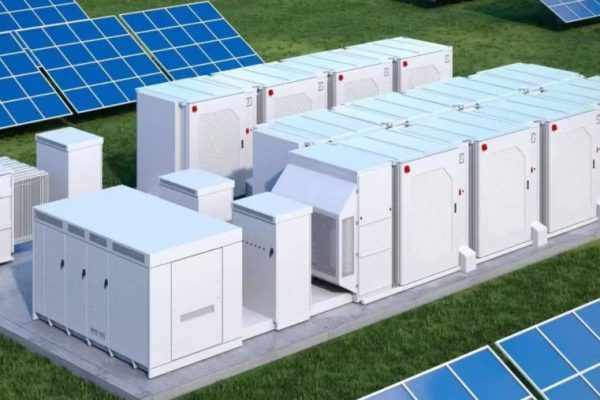Why Warranty Clauses Matter
In the international trade of energy storage systems (ESS), warranty terms are among the most sensitive negotiation points. Buyers want reassurance about product reliability, while exporters must balance risk, cost, and long-term support obligations. Well-structured warranty clauses can protect both sides, prevent disputes, and enhance trust in cross-border business.
1. Key Elements of Warranty Clauses
- Duration: Commonly 3–10 years, depending on product type (home storage vs. industrial systems).
- Scope: Defines which components are covered (cells, BMS, inverter, casing).
- Exclusions: Clarifies conditions not covered (improper installation, misuse, extreme environments).
- Remedies: Options for repair, replacement, or credit notes.
Exporter Tip: Use clear, measurable criteria to define warranty scope (e.g., cycle life, retained capacity percentage).
2. Balancing Buyer Demands and Exporter Risks
- Buyer Perspective: Longer warranties = higher confidence and easier financing.
- Exporter Perspective: Extended warranties increase liability and after-sales costs.
- Best Practice: Offer tiered warranty options (e.g., 5 years standard + optional 5-year extended warranty for additional cost).
3. Performance-Based Warranties
For ESS exports, warranties often combine time and performance metrics:
- Cycle Life Warranty: Guarantees minimum cycles (e.g., 6,000 cycles at 80% capacity).
- Capacity Retention Warranty: Ensures minimum energy retention after a set number of years.
- Hybrid Approach: Combines years and performance (e.g., “10 years or 6,000 cycles, whichever comes first”).
4. Legal and Regional Considerations
- European Union: Consumer protection laws enforce minimum warranty standards.
- United States: Warranties must comply with Magnuson-Moss Warranty Act.
- Middle East and Africa: Buyers often negotiate warranties into government tenders.
- Asia-Pacific: Local partners may request longer terms due to competitive pressures.
Exporter Tip: Always verify local warranty laws to avoid conflicts with buyer expectations.
5. Structuring Warranty Remedies
- Repair or Replacement: Most common remedy, though costly for long-distance exports.
- Credit Note or Refund: Alternative if repair logistics are impractical.
- On-Site Service: Rare in small exports but common for large industrial systems.
- Spare Parts Provision: Some exporters ship extra parts upfront to reduce future costs.
6. Managing Warranty Risks
- Clear Installation Guidelines: Limit liability by ensuring proper buyer installation.
- Remote Monitoring: Offer software tracking to verify operating conditions.
- Insurance Solutions: Export credit insurance can cover warranty-related risks.
- Extended Warranty Fees: Share costs with buyers who want longer coverage.
7. Strategic Use of Warranties in Sales
- Strong warranties can be a competitive advantage in new markets.
- Buyers often compare warranty terms before evaluating price.
- Transparent warranties build long-term trust and repeat orders.
Warranties as Risk Management Tools
Warranty clauses in ESS trade contracts are not just about after-sales service—they are strategic tools that influence buyer confidence, contract value, and long-term cooperation. By crafting balanced, transparent, and enforceable warranty terms, exporters can reduce risks, meet international standards, and strengthen their reputation as reliable global suppliers.









